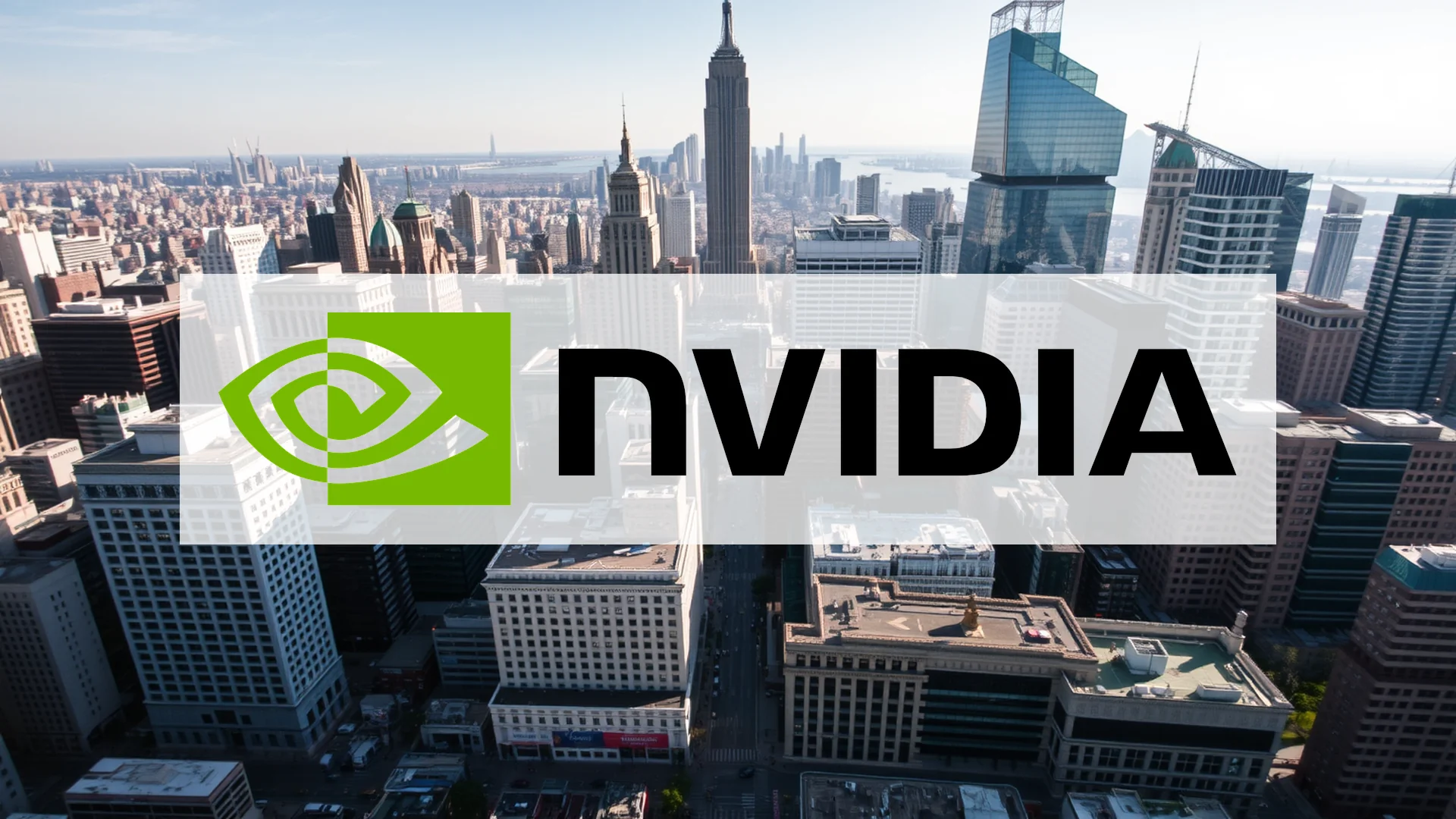The escalating trade conflict between the United States and China is creating significant headwinds for Nvidia, the dominant force in artificial intelligence chip manufacturing. Despite rolling out innovative new products, the company’s shares are encountering resistance as geopolitical tensions between the superpowers reach unprecedented levels. Market observers are questioning whether the industry leader can navigate these complex international trade dynamics.
Strategic Alliance and Market Position
Nvidia continues to strengthen its strategic partnership with OpenAI, a relationship that remains crucial despite the challenging geopolitical landscape. A recent announcement regarding a 10-gigawatt system installation reinforces the duo’s commanding presence in the AI infrastructure sector, even as competitors like AMD increasingly vie for market share.
Maintaining a staggering market capitalization of $4.46 trillion, Nvidia preserves its leadership status among semiconductor giants. This financial strength provides some buffer against external pressures, though the company’s extensive global operations make it particularly vulnerable to trade restrictions.
New Product Launch Amid Market Uncertainty
In a bold move during this period of market volatility, Nvidia is preparing to introduce its latest innovation: the DGX Spark AI mini-PC. Scheduled for availability starting October 15, the compact computing system will carry a price tag of $3,999—a substantial $1,000 increase from initial projections.
Should investors sell immediately? Or is it worth buying Nvidia?
The premium pricing appears justified by the device’s technical specifications. Built on the Grace Blackwell GB10 architecture and equipped with 128 GB of memory, the DGX Spark delivers artificial intelligence processing capabilities reaching up to 1 PetaFLOP. This performance level could potentially transform AI accessibility for individual users and smaller enterprises.
Escalating Trade Measures Create Industry-Wide Challenges
The current phase of trade tensions ignited when China imposed sanctions against five U.S.-based branches of Hanwha Ocean, a South Korean shipping corporation. Beijing subsequently declared additional retaliatory measures while simultaneously tightening export controls on rare earth elements—essential components without which modern semiconductor manufacturing cannot proceed.
The United States responded swiftly with expanded restrictions on China’s chip access and imposed supplementary port fees for Chinese vessels. This cycle of sanctions and counter-sanctions is placing the entire semiconductor industry under considerable strain, with Nvidia positioned directly in the crossfire of these economic maneuvers.
The critical question remains whether Nvidia’s technological dominance and strategic partnerships can outweigh the mounting challenges presented by this intensifying trade war.
Ad
Nvidia Stock: Buy or Sell?! New Nvidia Analysis from October 15 delivers the answer:
The latest Nvidia figures speak for themselves: Urgent action needed for Nvidia investors. Is it worth buying or should you sell? Find out what to do now in the current free analysis from October 15.
Nvidia: Buy or sell? Read more here...








